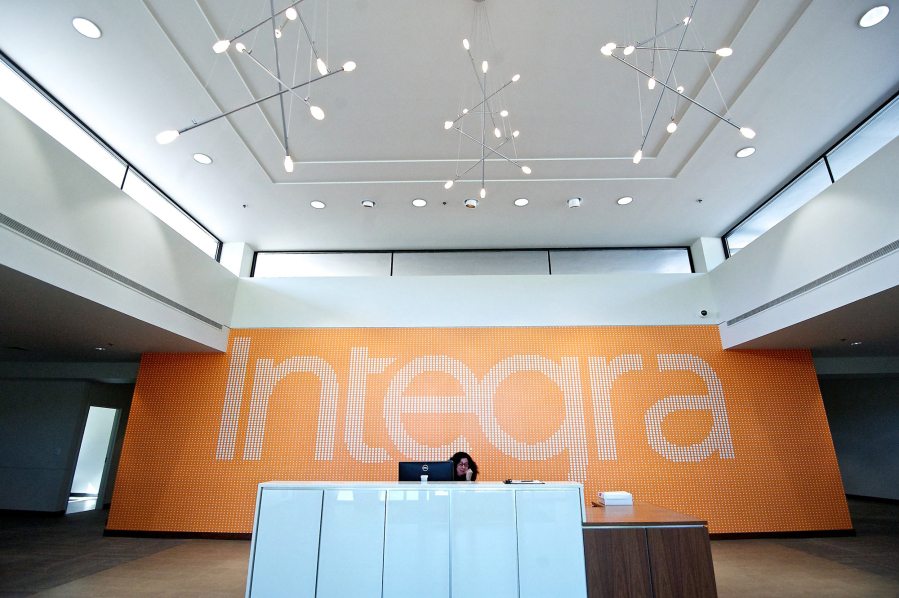When the $1.4 billion sale of Electric Lightwave closes Wednesday, the Vancouver company’s new owner wants each employee to show up in person that day for individual meetings.
Employees fear the buyer, Zayo Group, will hand many of them layoff notices. The Colorado company has already said it plans $40 million in cost cuts at Electric Lightwave, which was known as Integra until last summer.
“We’re asking that all employees report to your work location that day for face-to-face meetings with Zayo representatives,” Electric Lightwave chief executive Marc Willency wrote Friday in an email to his staff. He said Zayo wants “discussions with every employee about their role and expectations moving forward.”
Employees who work from home should be available by phone, Willency wrote, and people on vacation should “provide your supervisor with a telephone number where you can be reached.”



